Louise Bourgeois - The Woven Child
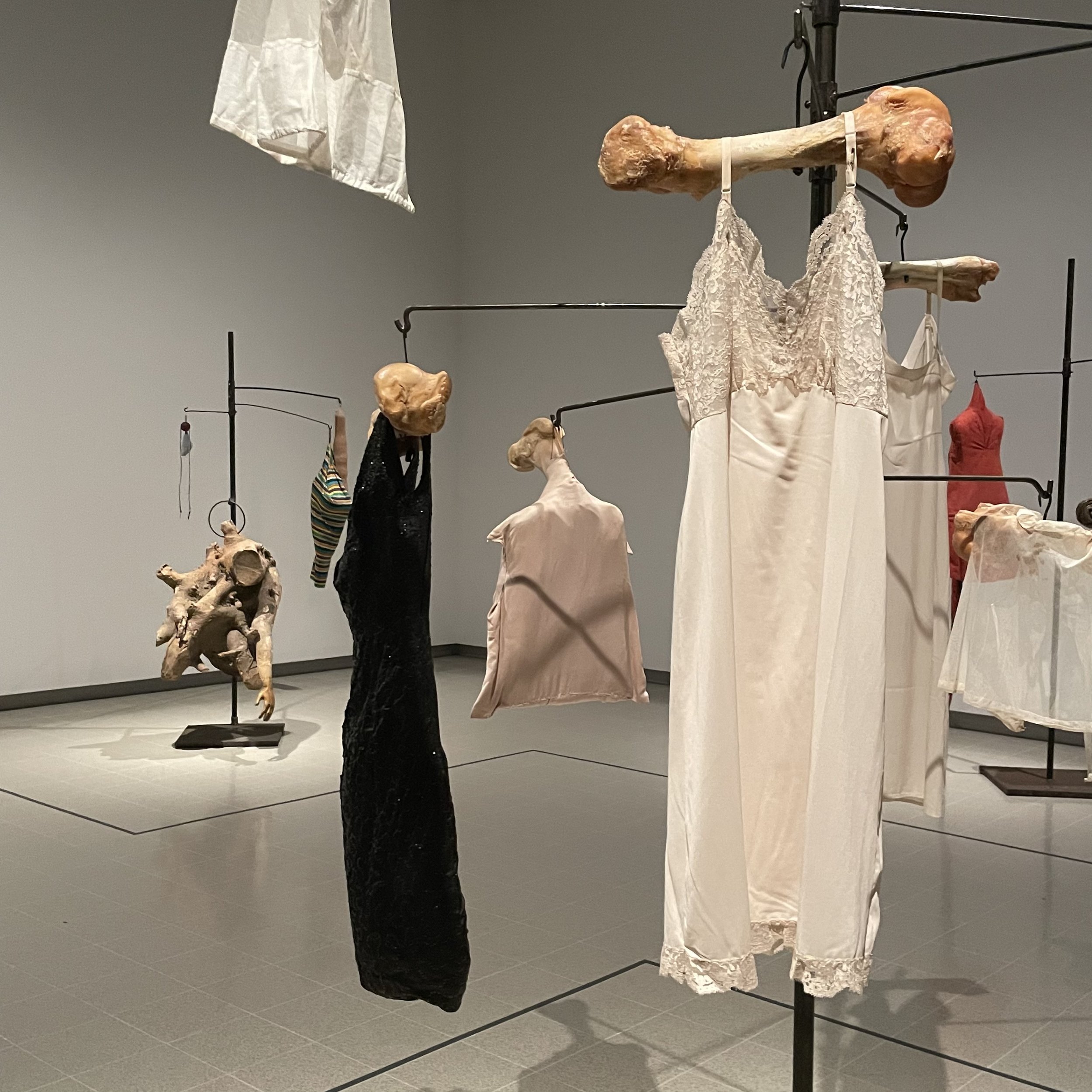
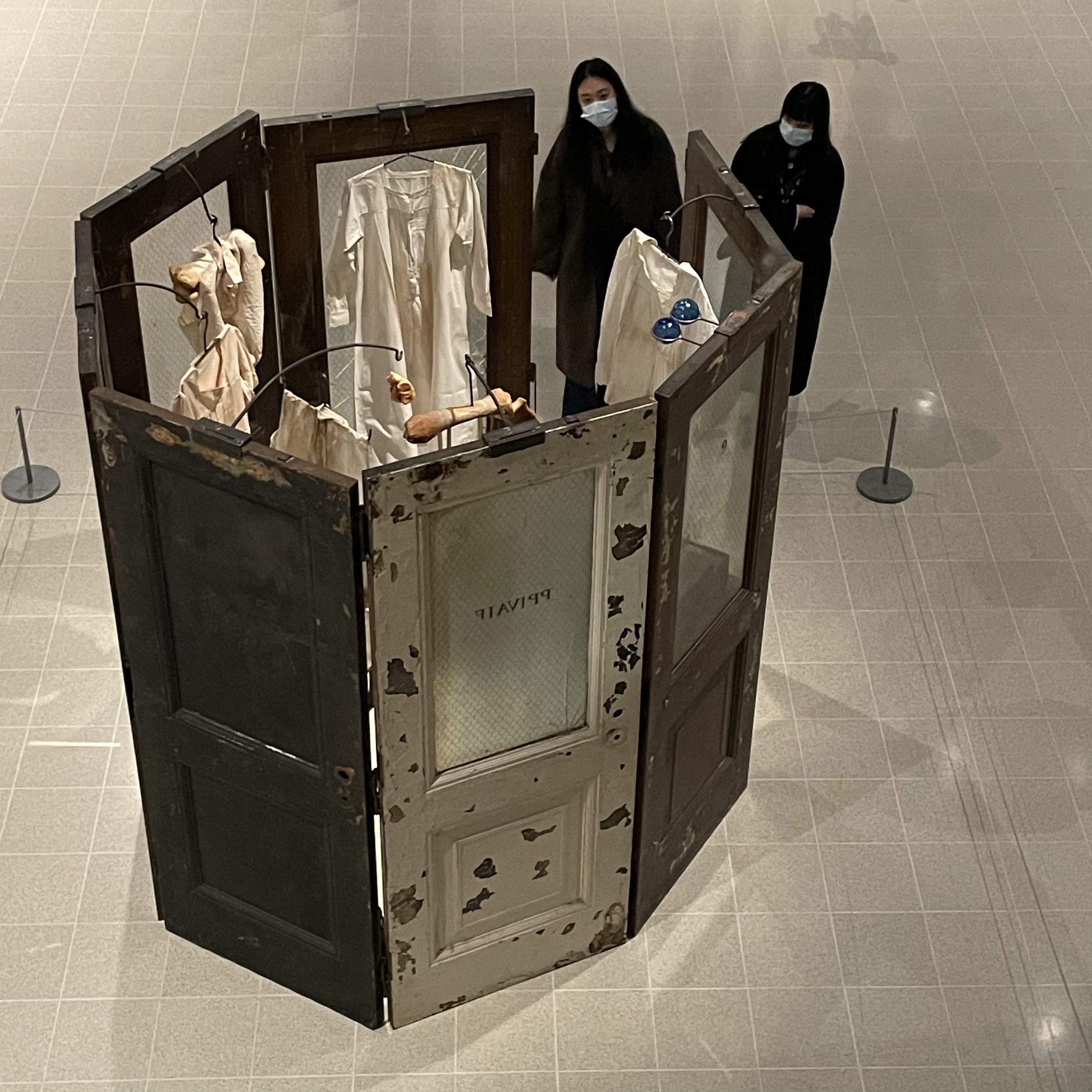
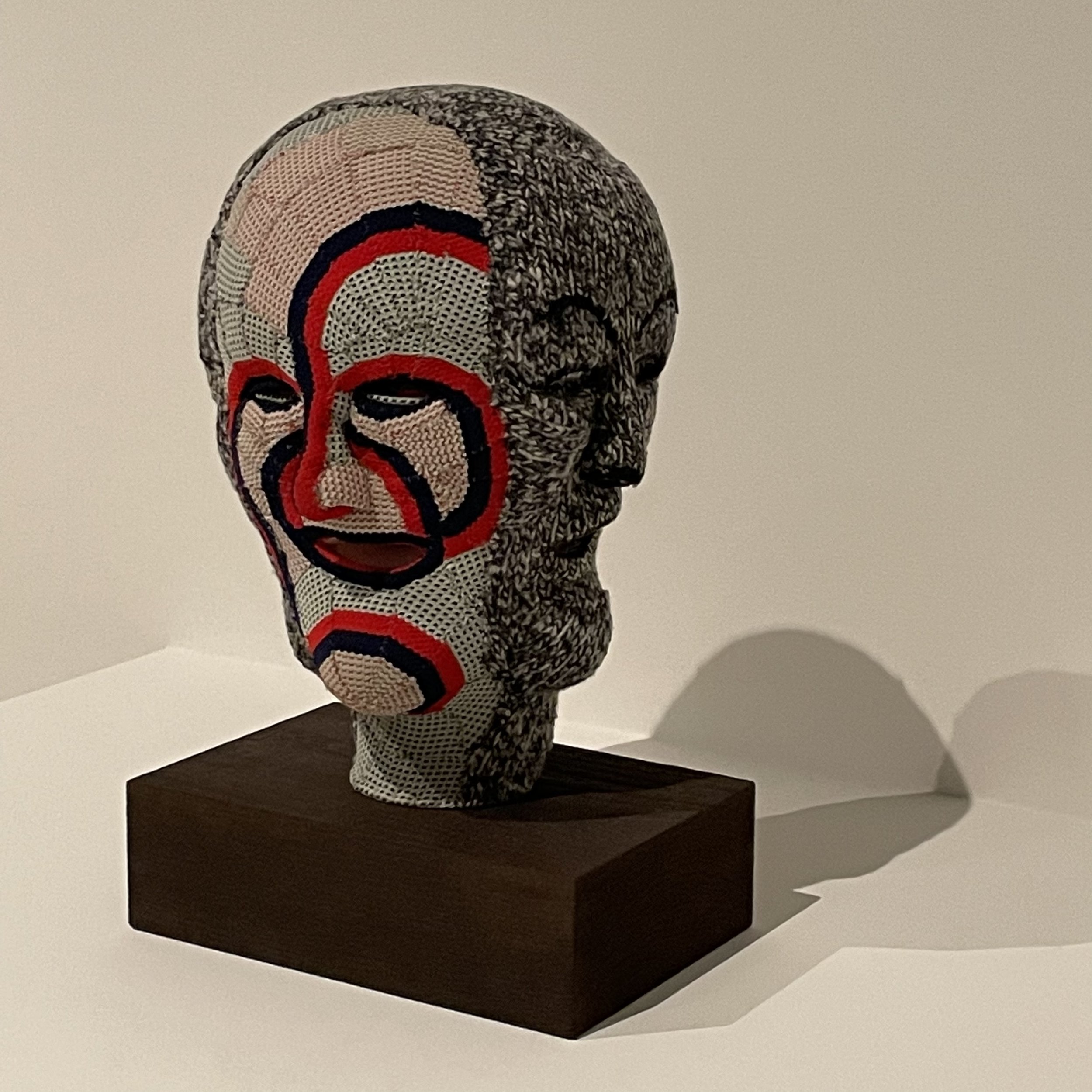
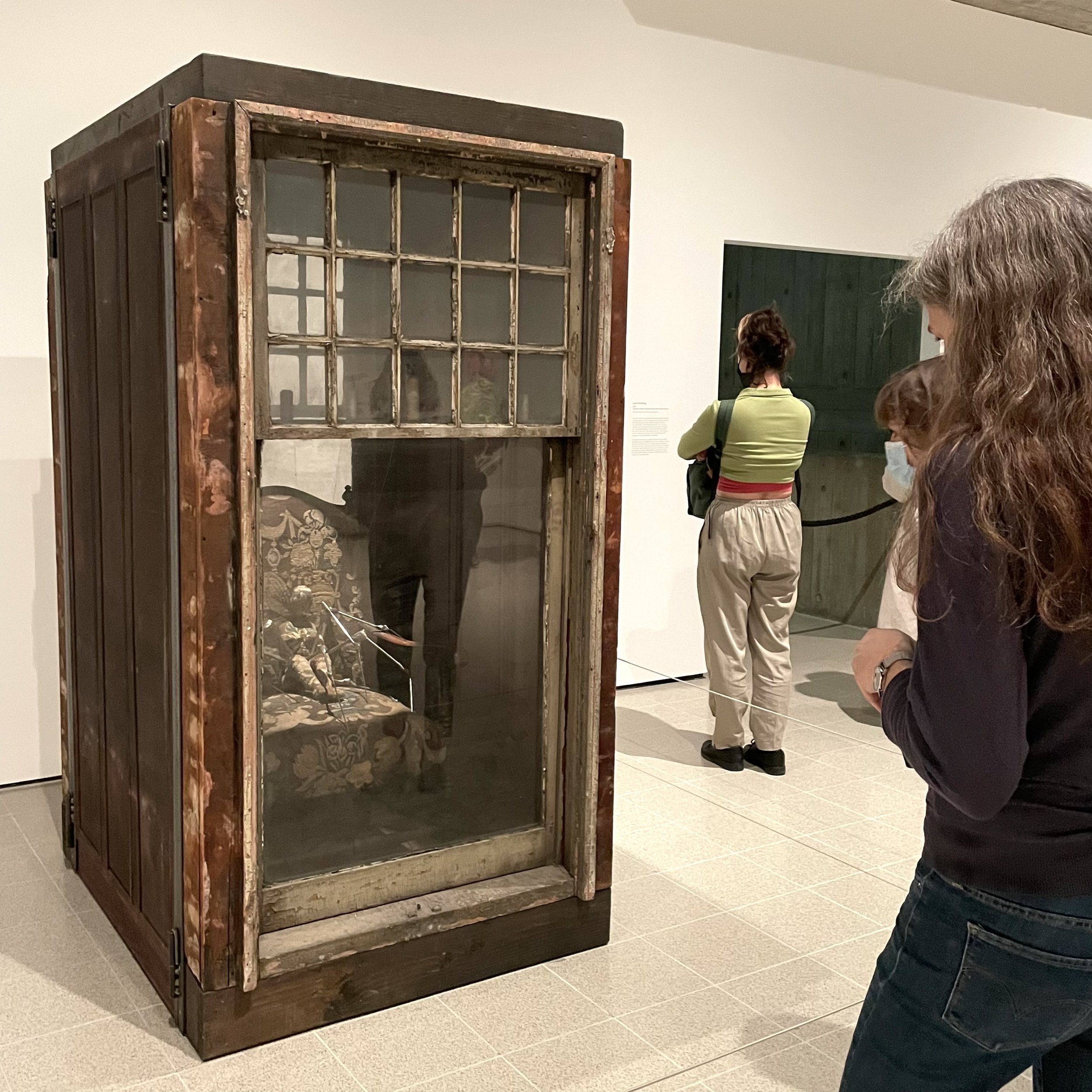

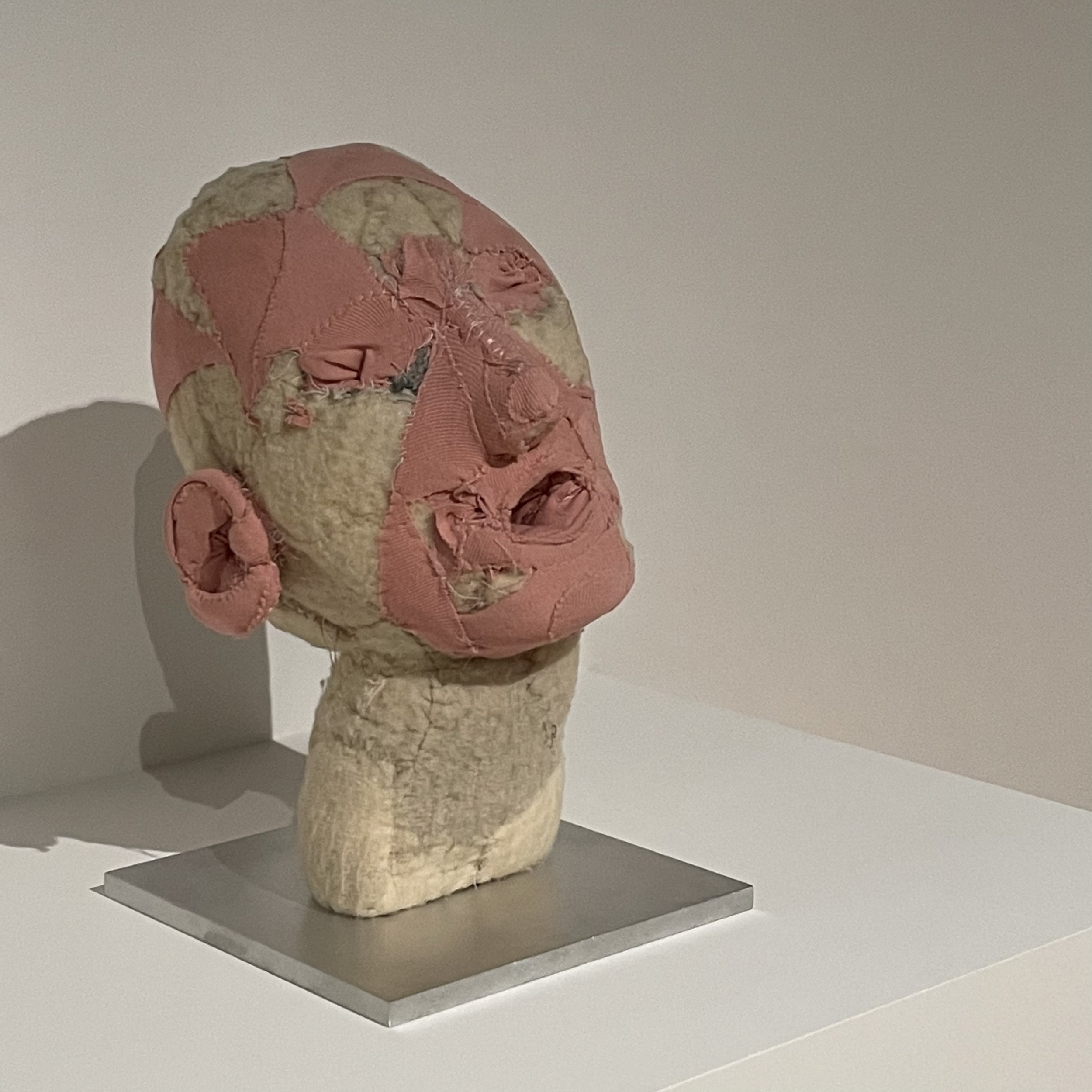
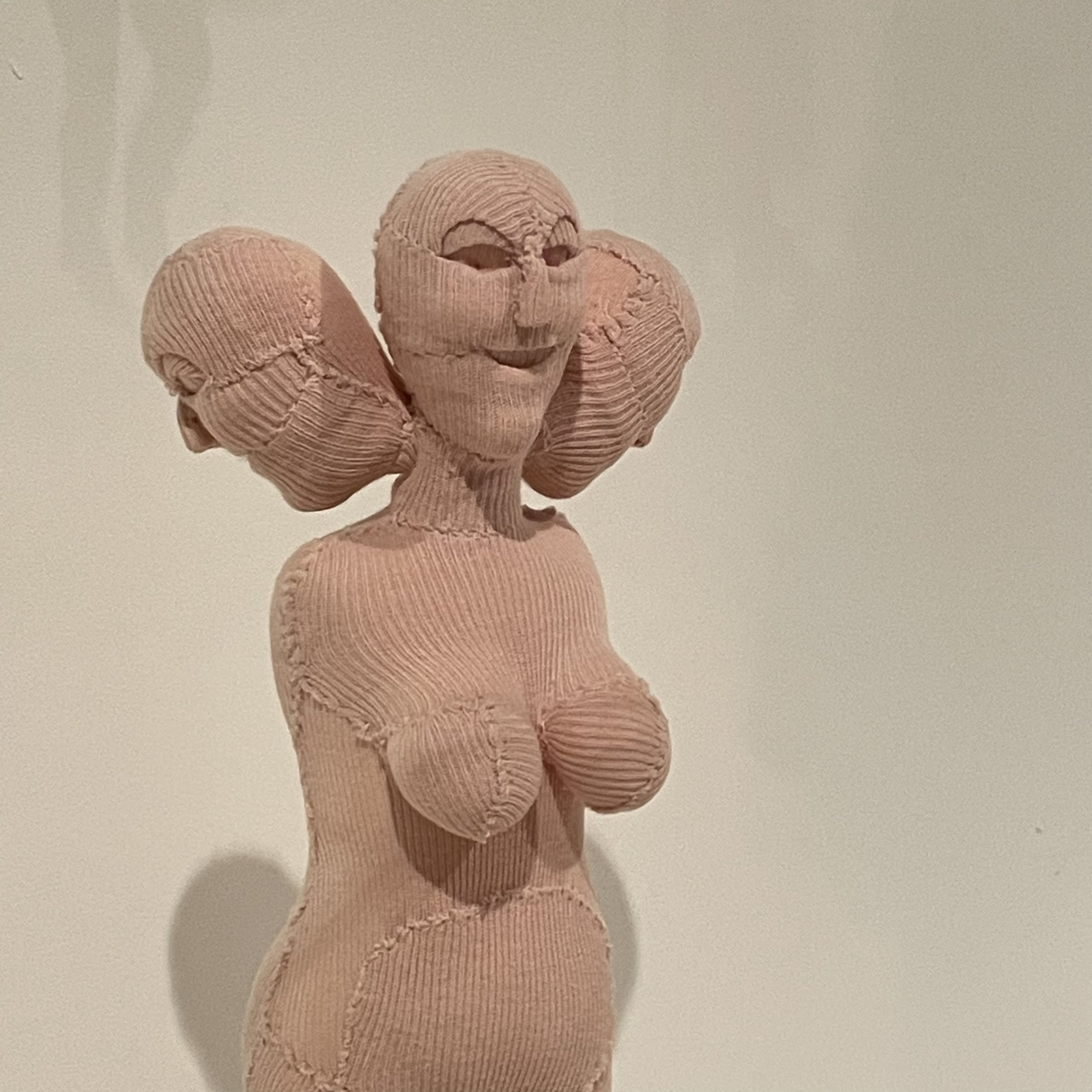
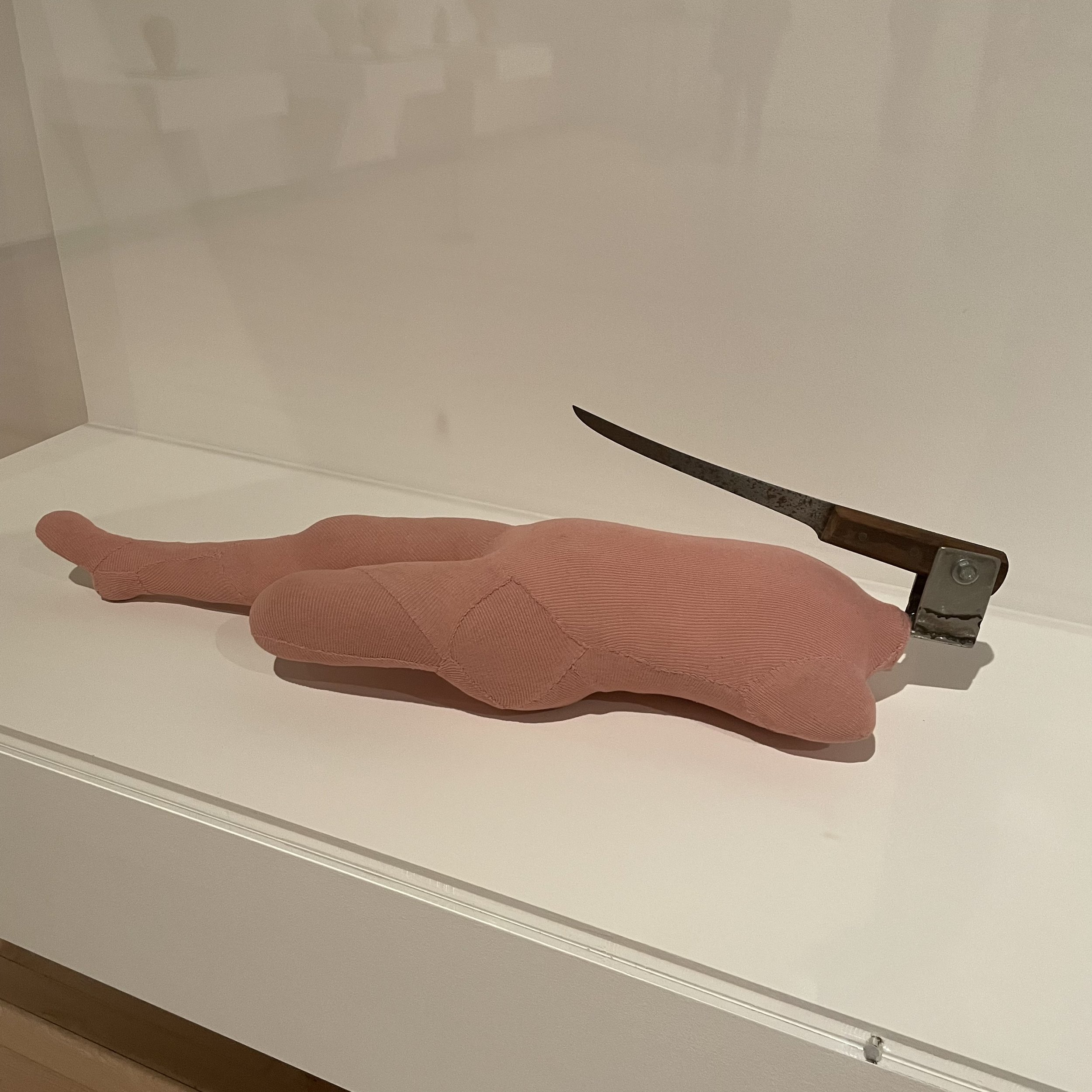
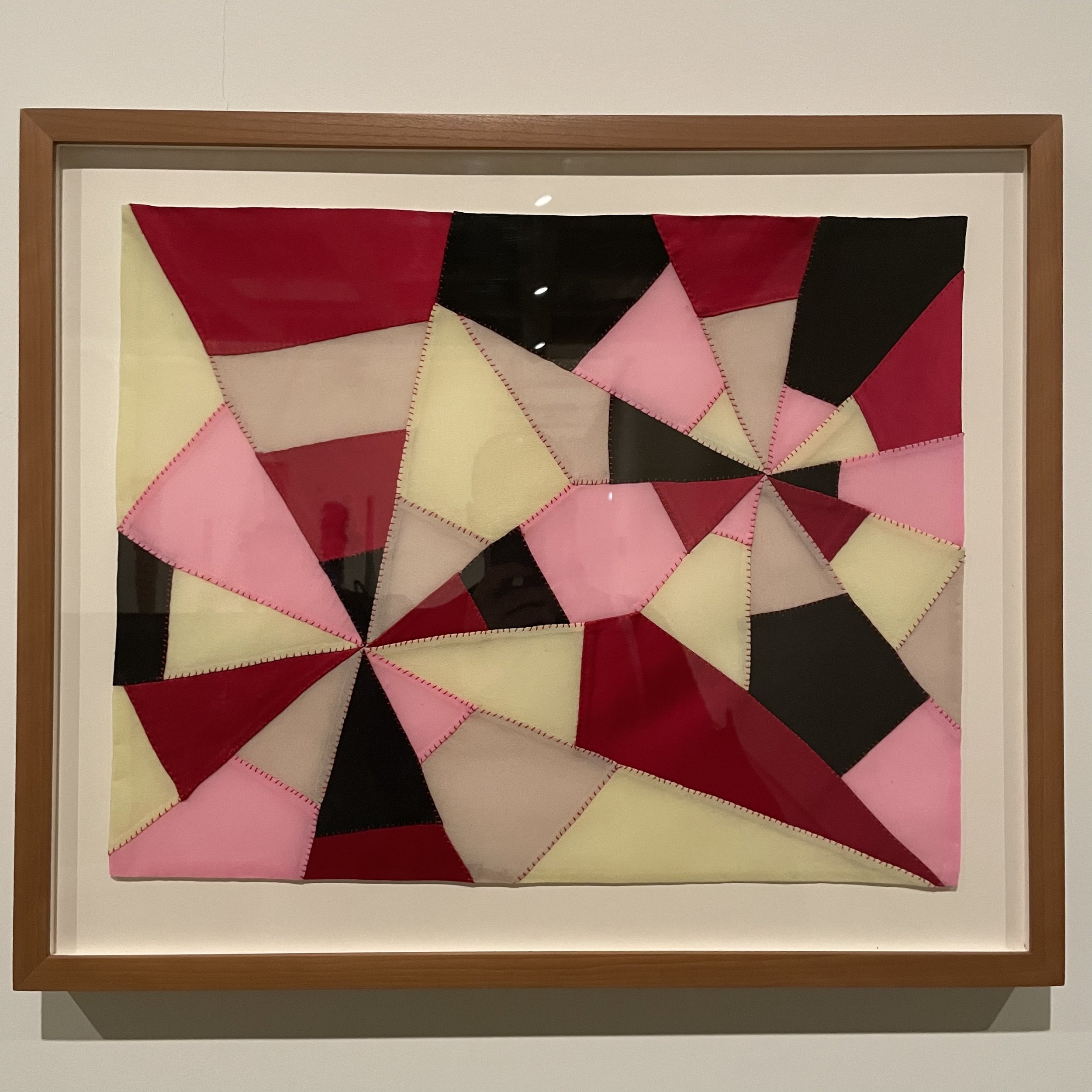
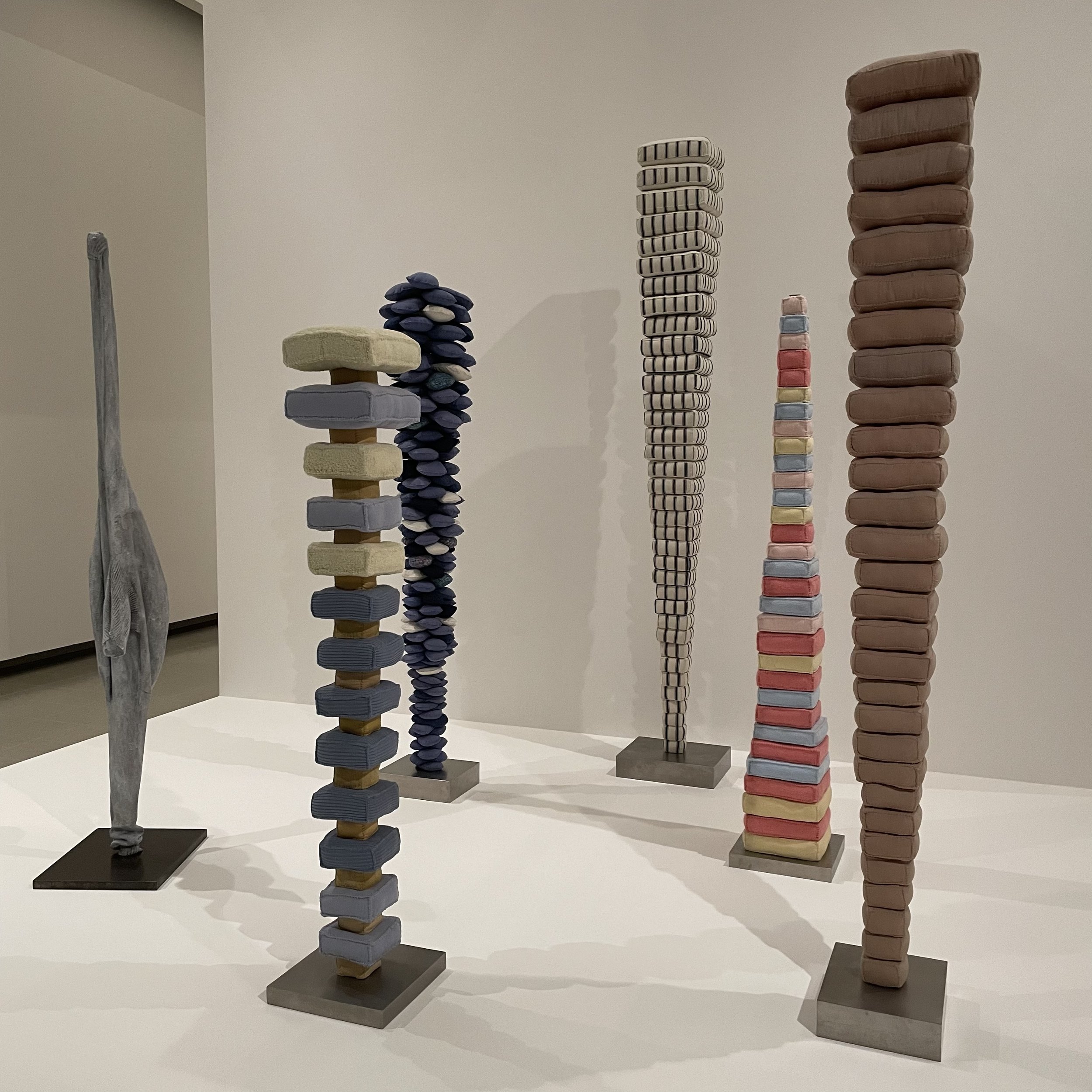
From the moment you walk through the door to see lacy silk camisoles hung from cow femurs you realise this is not going to be a genteel exploration of femininity. It’s an unnerving opening, foreshadowing the frank and often frightening coexistence of trauma and comfort that is explored throughout the show.
Personal fabrics and textiles feature heavily, pulled from all ages and eras of Bourgeois’ life. Her family’s tapestry business influenced her greatly, as did her father’s infidelities and her brother’s lifelong institutionalisation in an asylum. Jealousy, separation, guilt, revenge, pain… it is impossible to escape the burden of emotions that are quite visibly woven into her work.
She is quoted on the “magic power of the needle… used to repair the damage… a claim to forgiveness.” But rough and gruesome stitching reminds you that the path to forgiveness often goes through agony.
Seams are exposed like scars. Faces scream or cry out in pain. Mental and physical traumas are made manifest via multiple heads, prosthetic limbs and spiderwebs that both protect and imprison the bodies from which they emanate.
Adding to the unease of these works is the fact that many of them are caged or contained, often with no visible means of escape. Like spiderwebs, cages imply a sense of fear and imprisonment. But for the traumatised, maybe it’s safest inside. Are the occupants being kept in? Or is it us, the viewer, that is being kept out, safely away from their pain.
In the last room of the show are sculptural ‘progressions' of precariously stacked soft fabrics, made in the final decade of her life. They are delicate, uncertain, and uncaged. Free to stand or topple as they please. A final statement of balance and hope.
At Hayward Gallery (@hayward.gallery) until 15 May
For more information on the artist: Louise Bourgeois page on Wikipedia
